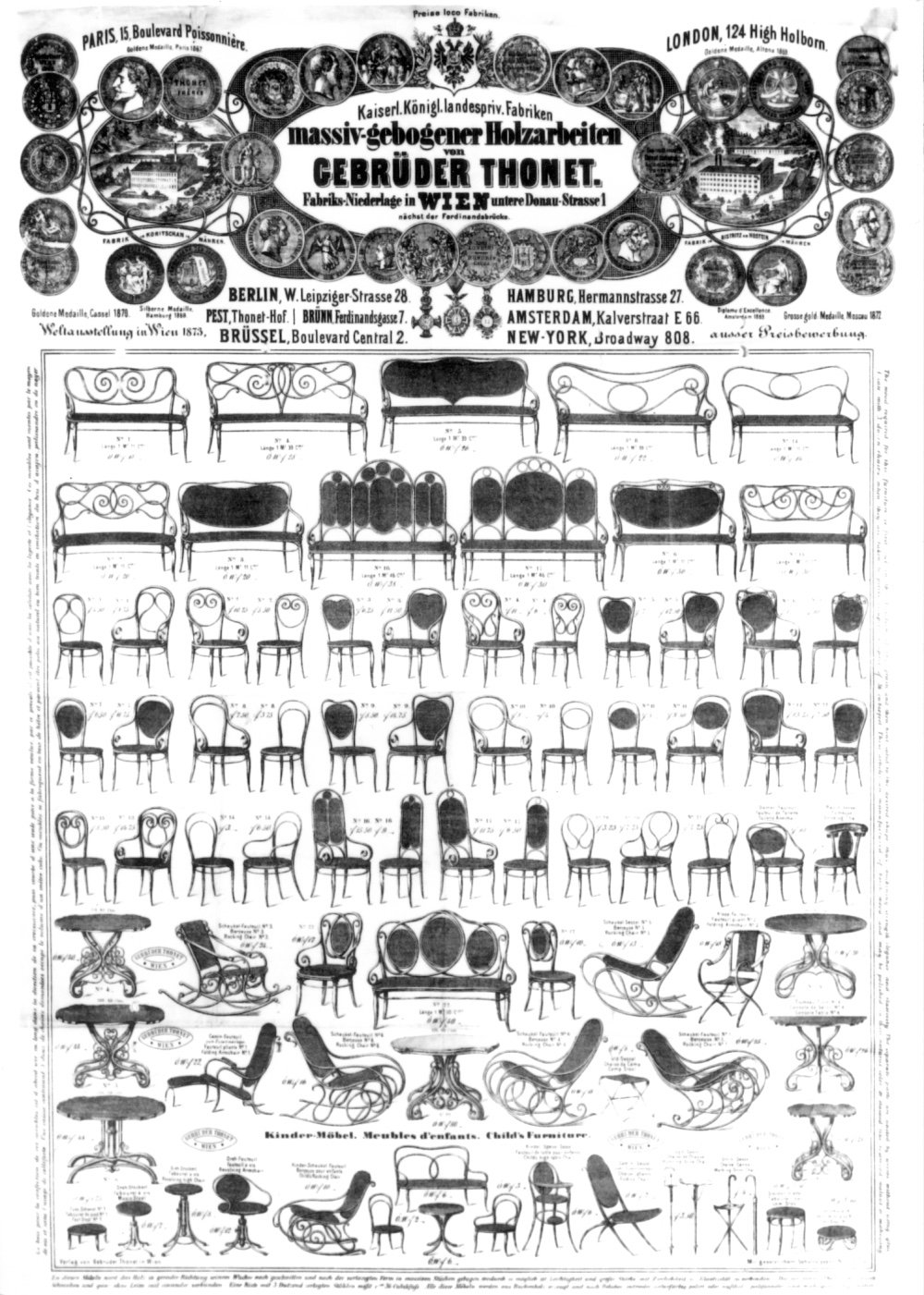
Michael Thonet History: The Maestro of Bentwood Furniture
Incredible Story of The Man Behind Bentwood Chairs
Born into a humble setting, Michael Thonet’s early life seemed far from the remarkable Michael Thonet history we recognize today. As a young boy, he displayed an undeniable interest in crafting, often immersing himself in tools and wood, showcasing a budding talent. This early inclination led him to his calling as a cabinetmaker, marking the beginning of the illustrious Michael Thonet’s history in furniture design.
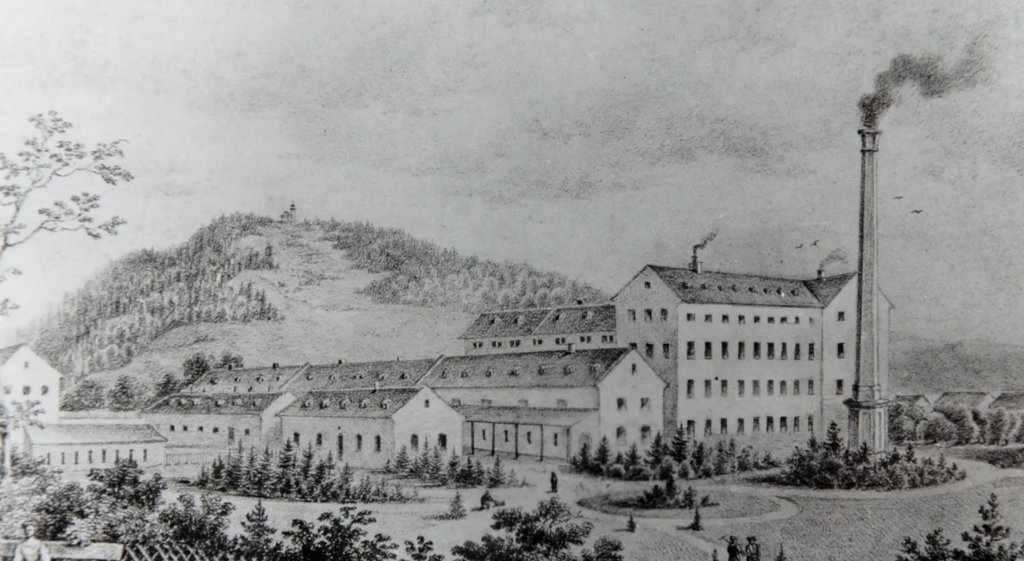
In these foundational years, Thonet began his foray into pioneering designs. His workshop transformed into a melting pot of creativity, where traditional concepts were reimagined, paving the way for groundbreaking creations. But what set him apart was not merely his designs; it was his unwavering drive to innovate. In an era where many settled for the conventional, Thonet’s journey charted a course towards reimagining the boundaries of furniture design.
Starting from a small town, it became evident that his destiny was intricately tied to the annals of Michael Thonet’s history in the furniture realm. His unique approach and dedication marked him as more than just a craftsman; he was a visionary, set to etch an indelible mark on the global furniture landscape. As we delve deeper in subsequent chapters, we’ll uncover the innovation that solidified his place in history – the mastery of bentwood.
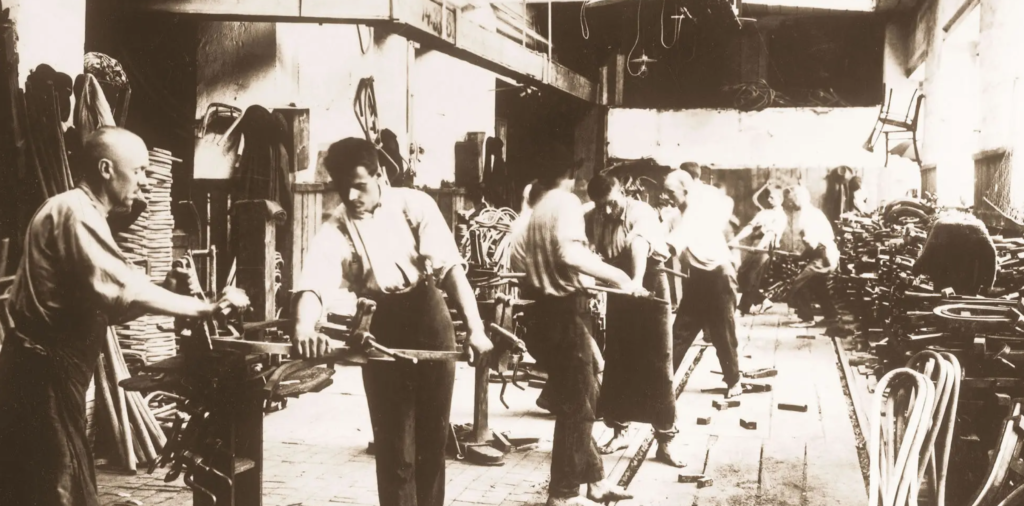
Bending Boundaries: Thonet’s Wooden Revolution
People often come up with new ideas from simple things. This was true for Michael Thonet. For a long time, people made furniture from wood. But Thonet had a special idea: why not bend the wood? “Bentwood” means bending wood to make smooth curves and shapes. This idea made furniture look different and special. But this wasn’t easy. Many times, when Thonet tried to bend the wood, it broke. But he didn’t give up. After trying many times, he found a way to bend wood using steam. This was a big change. Now, he could make chairs and tables that looked very different from others.
His new chairs were not just for sitting. They looked like art. They were different from old, straight chairs. Thonet’s chairs had smooth curves and were beautiful. People liked them a lot because they were different and not too expensive. Many people heard about Michael Thonet’s new chairs and wanted to buy them. His small workshop became very famous. This success made him move to Vienna, a big city, where his business grew even more.
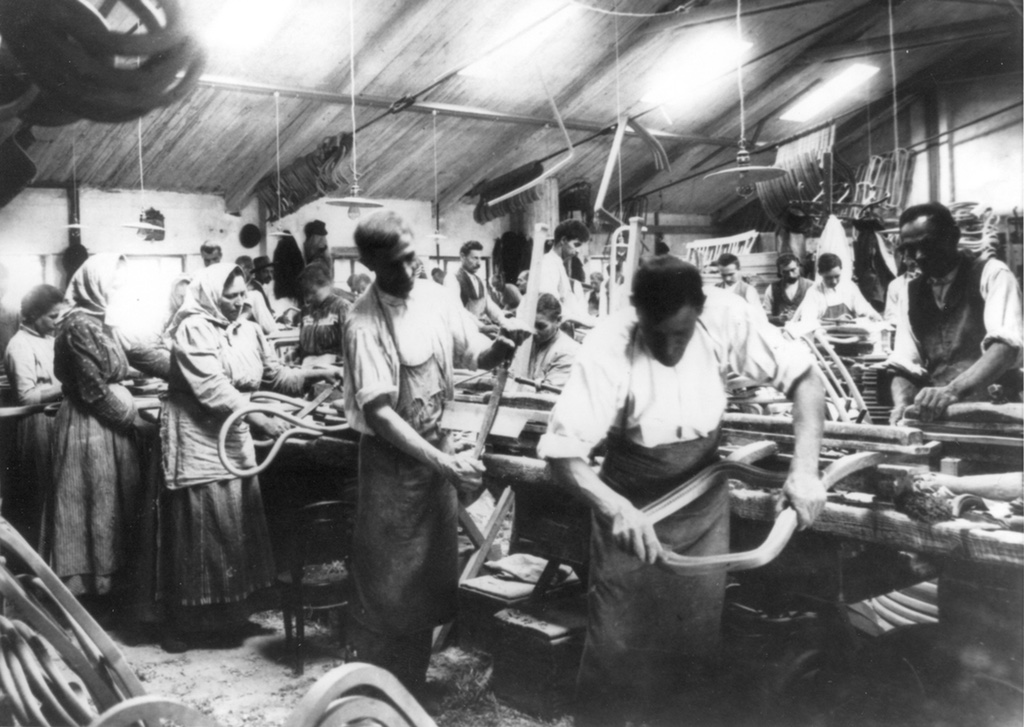
Michael Thonet History: Rise in the City of Dreams
Vienna, Austria’s capital, is famous for its art, culture, and new ideas. This city changed Michael Thonet’s life in a big way. He came to Vienna because he felt it was the right place to grow his furniture business. Soon after he arrived, something unexpected happened. He met Prince Metternich, an important person in Austria. The prince really liked Thonet’s special wood-bending designs. He saw them as something new and exciting for the furniture world.
Because of the prince’s support, many new opportunities opened up for Thonet. The Austrian leaders, who were rich and powerful, gave their approval to Thonet’s new way of making furniture. This made Thonet very popular, not just in Vienna but all over the world. His chairs even became a part of the fancy rooms in the royal palace.
Thonet didn’t stop there. He started a big workshop in Vienna, where he and his team made furniture with a lot of care and skill. For Thonet, Vienna wasn’t just a city. It was where his big dreams became real. With the city’s support, he was ready to make his business even bigger and reach more people.
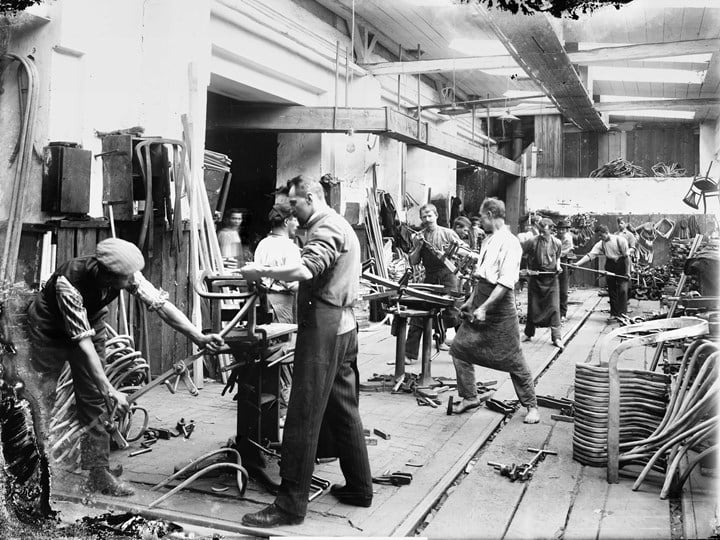
Familial Collaboration – The Birth of Gebrüder Thonet
In the annals of the Thonet legacy, 1853 holds a special place. This was the year when Michael Thonet, foreseeing the brand’s future and its challenges, took a pivotal decision. Joining forces with his five sons, they formed “Gebrüder Thonet.” This was not merely a business decision but a confluence of generational wisdom and passion. With each son bringing their distinct expertise and perspective to the table, the brand underwent a metamorphosis. From design ideation to business expansion strategies, this collaboration infused fresh vigour into the brand, ensuring that the Thonet legacy would be carried forward with the same dedication and vision Michael had instituted.
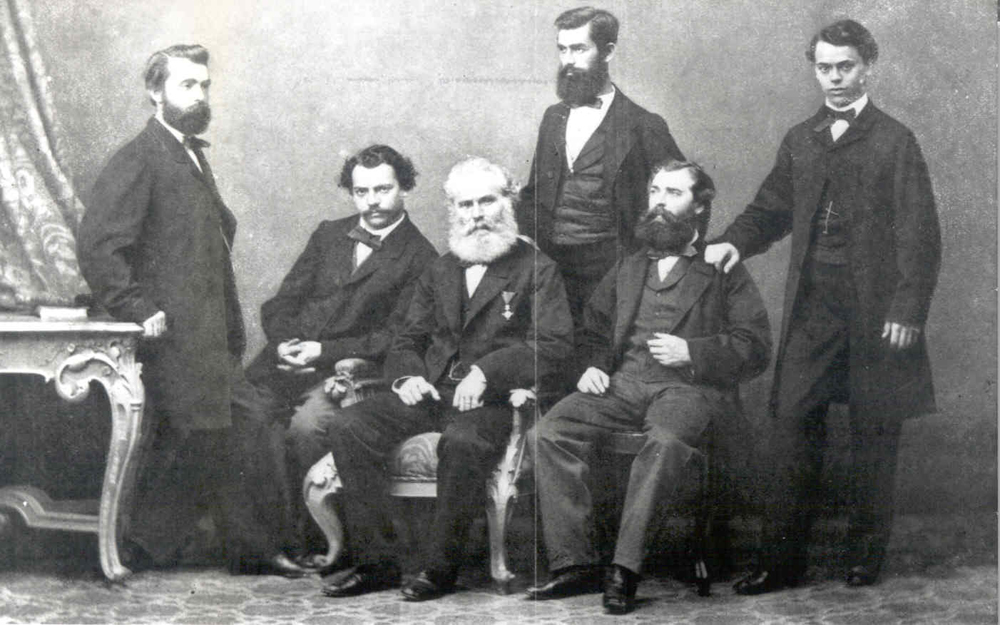
The Bistro Chair Boom: Global Design Domination
If there’s one design that encapsulates Michael Thonet’s genius and reflects the essence of Thonet history, it’s undoubtedly the “No. 14 chair”, commonly known as the Bistro Chair. This chair, in its simplicity and elegance, was more than just a seating solution; it was a manifestation of Thonet’s dream to intertwine art with everyday functionality.
The brilliance of the “No. 14 chair” wasn’t limited to its visual appeal; its ingenious design set it apart. With its composition of fewer than six parts, the chair was not only easy to assemble but also primed for efficient mass production. This efficiency, combined with its affordability, democratized luxury. People from diverse backgrounds could now own a piece of Thonet’s design genius in their homes and establishments.
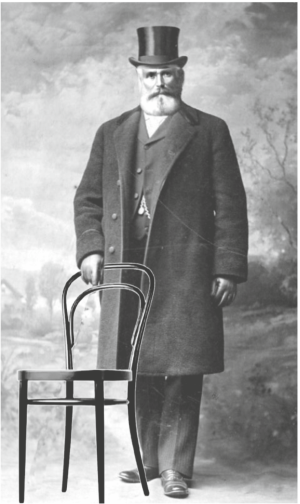
The market responded with resounding approval. Sales figures for the Bistro Chair soared, marking it as one of the most successful furniture designs of its time. In fact, by the early 20th century, millions had been sold, underscoring its widespread acclaim. Not limited to Vienna’s boundaries, the chair found its place in cafes, households, and establishments across continents. Thonet recognized this global allure and thus expanded his enterprise beyond Austria. Whether it was the cold expanses of Russia or the vibrant streets of the United States, the imprint of Thonet chairs was unmistakable.
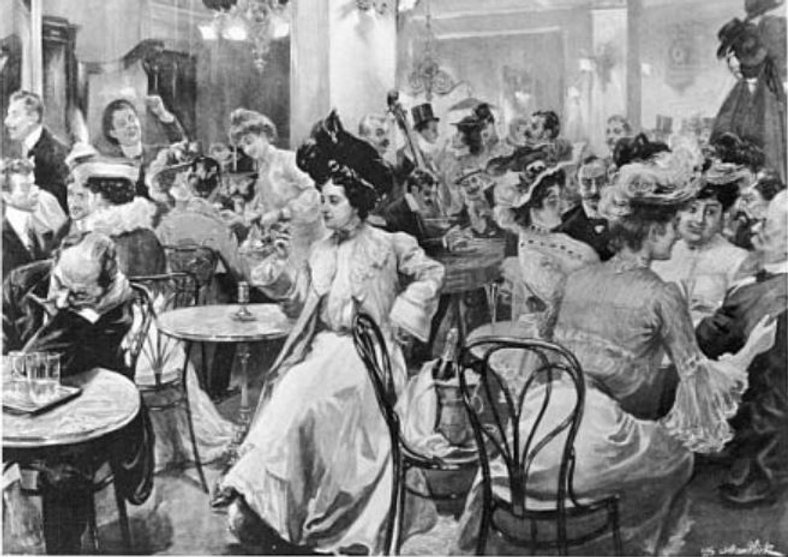
Michael Thonet History: Adapting Through Turbulent Times
Every big company has its ups and downs, and Thonet was no different. The world saw big changes, like World War I and the Great Depression. These events changed how people lived and worked. During these times, Thonet had to find new ways to keep going.
Michael Thonet was a strong leader. He always found ways to adapt and change. When it was hard to get materials or when people wanted different things, Thonet didn’t give up. They made new designs, like the “No. 18 chair“. This chair was both old-style and new, showing Thonet’s special touch. To keep up with the times, Thonet worked with other famous designers. This helped them make new kinds of bentwood chairs. Each chair showed how strong and flexible Thonet was as a company.
Even when times were really tough, people still trusted Thonet. They knew that buying a Thonet chair or table was a good choice. These pieces weren’t just things to use; they were valuable. After all these challenges, the world started to get better. People were hopeful again. And Thonet was there, ready to start a new chapter and make even more beautiful furniture.
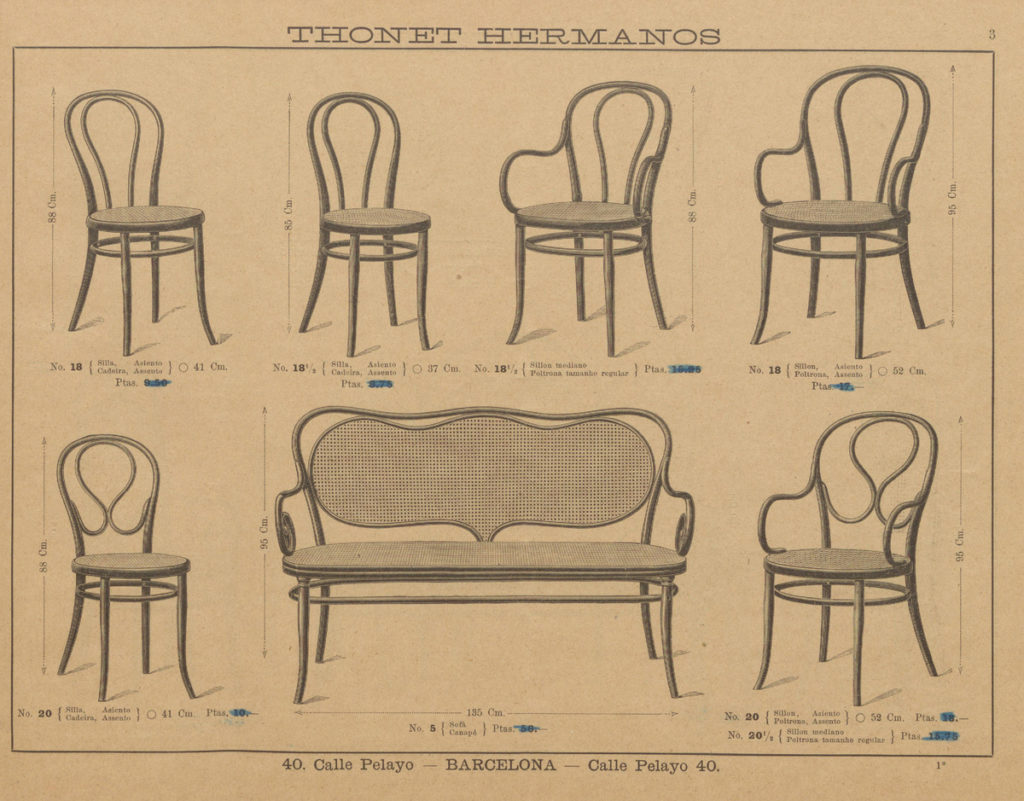
Thonet Merging Tradition with Tomorrow’s Trends
The 20th century heralded new beginnings, and for Thonet, it was a period of both reflection and evolution. As the brand celebrated its centenary, it wasn’t just about looking back at its rich history, but also envisioning the future.
The furniture industry witnessed rapid advancements during this era. New materials like plastics and metals were being integrated into designs. Thonet, never one to be left behind, embraced these changes. The brand started experimenting, blending its iconic bentwood techniques with contemporary materials. This seamless fusion of the old and new birthed designs that were fresh yet retained the Thonet essence.

But it wasn’t just about design evolution. Thonet recognized the growing global emphasis on sustainability. The company took significant strides in ensuring eco-friendly practices, from sourcing materials to production techniques. Thonet Australia, among other global outposts, became a beacon of this sustainable ethos.
Collaborations continued to be a focal point, with Thonet partnering with modern-day designers, ensuring that the brand remained at the cutting edge of furniture design. Each piece, be it the classic thonet bentwood chairs or the newer, contemporary designs, carried the hallmark of quality and elegance that had come to define Thonet.
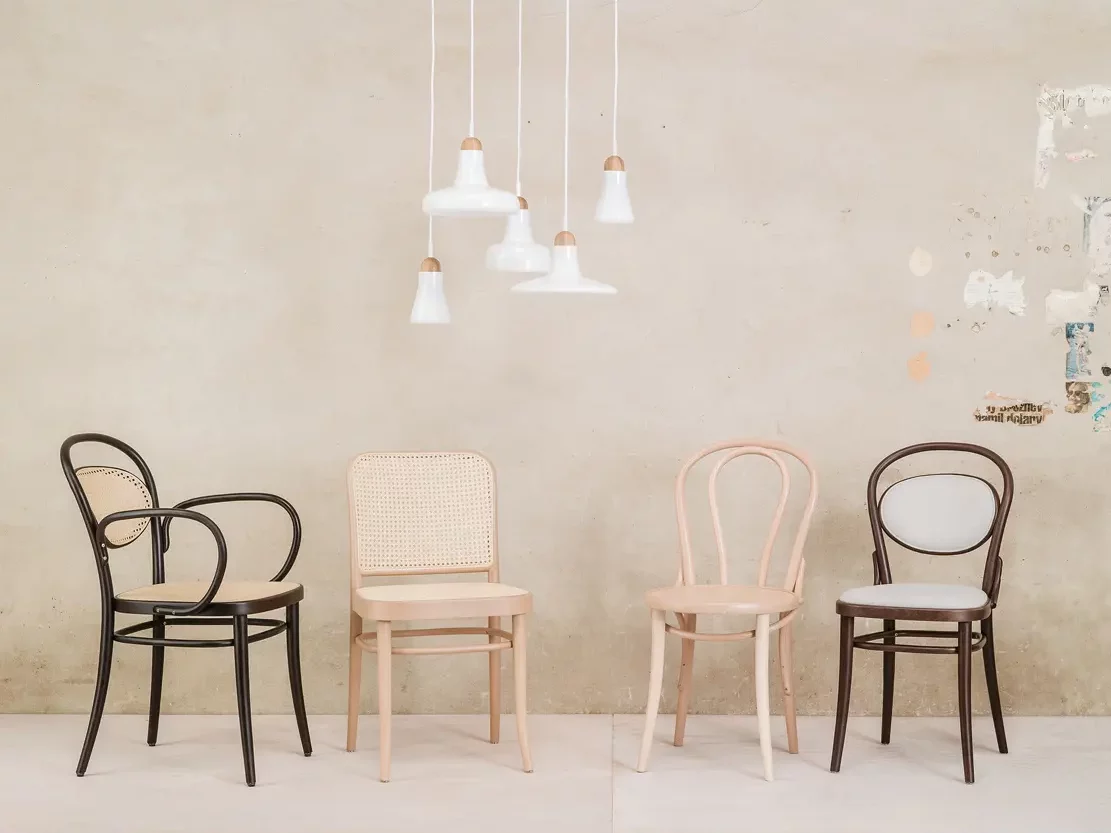
The History of Michael Thonet Through Time
| 1819 | Begins his career as a master cabinet maker in Boppard. |
| 1841 | Showcases unique designs at the Koblenz trade fair |
| 1842 | The Austrian court acknowledged Thonet’s wood-bending technique. |
| 1853 | Collaborates with his five sons, establishing Gebrüder Thonet. |
| 1859 | Introduction of the “No. 14 chair” (Bistro Chair) |
| 1860 | Expansion to international markets like Russia and the USA |
| 1871 | Michael Thonet passed away on March 3 |
| 1890 | Michael Thonet passed away on March 3 |
| 1904 | Thonet introduces the “No. 18 chair” |
| 1910 | Thonet collaborates with prominent designers |
| 1930 | Thonet endures the challenges of the Great Depression |
| 1940 | Post-World War II, Thonet aligns with the mid-century modern design |
| 1953 | Thonet celebrates a century of craftsmanship and innovative design |
| 1970 | Thonet ventures into tubular steel furniture design |
| 1980 | Amid acquisitions, Thonet retains its distinct identity & design ethos. |
| 2000 | Thonet emphasizes sustainability & collaborates with modern designers |
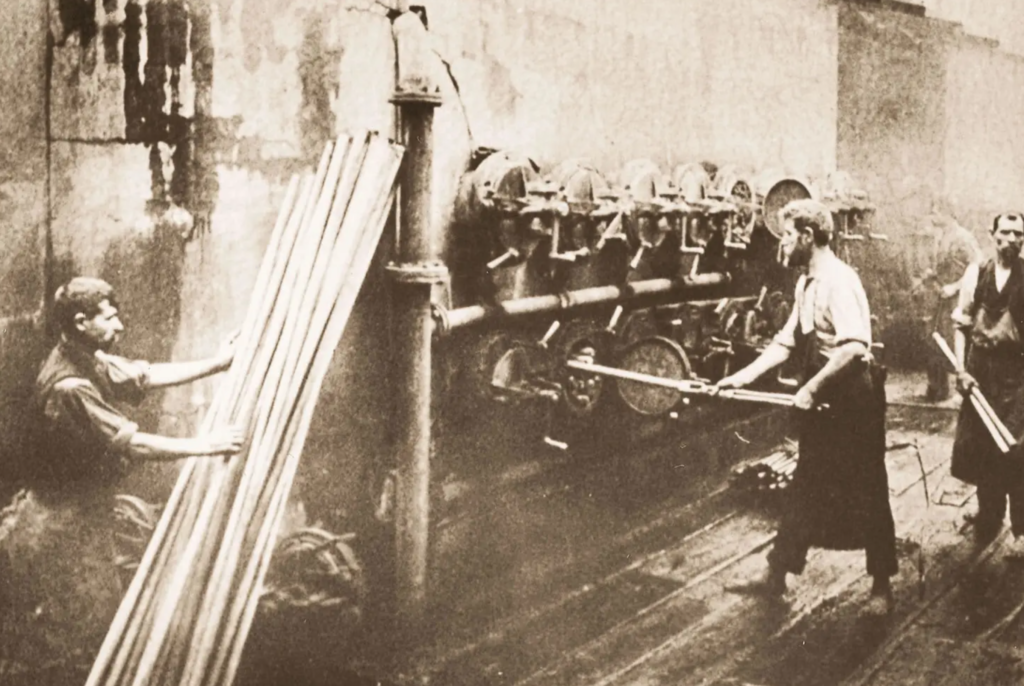
Bentwood & Beyond: Thonet’s Enduring Mark on Design
As we journey through the annals of Michael thonet history, one thing becomes abundantly clear: Thonet wasn’t just a brand; it was a movement. Michael Thonet’s visionary approach redefined furniture design, laying the groundwork for generations of designers and craftsmen.
Today, Thonet’s designs, especially the iconic bentwood chairs, are more than just functional pieces; they are artifacts that narrate a story of innovation, perseverance, and unparalleled craftsmanship. Interior designers and homeowners alike continue to be charmed by the timeless elegance of Thonet creations. They stand as testaments to a legacy that beautifully marries form and function.
From the humble workshop beginnings to becoming a global furniture phenomenon, Michael Thonet’s journey has been nothing short of inspirational. His commitment to pushing boundaries, embracing innovation, and upholding quality has ensured that Thonet’s legacy lives on, influencing and inspiring the world of design for generations to come.
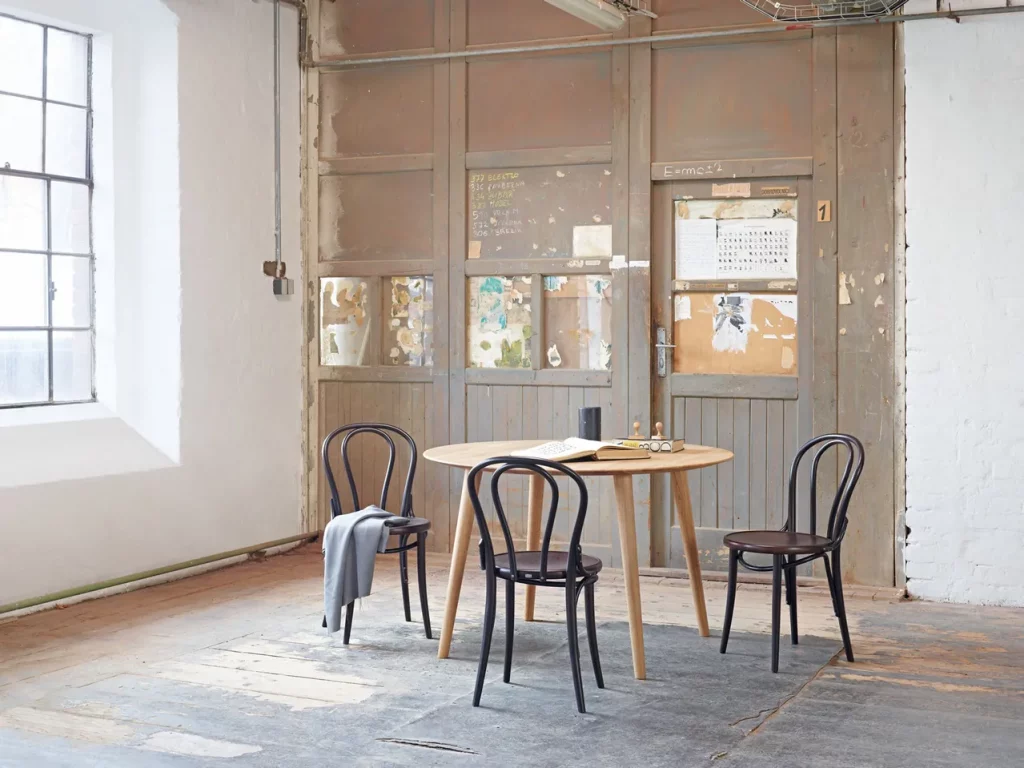
Celebrating the Timelessness of Michael Thonet’s History
As we draw the curtain on our exploration of Michael thonet history, we’re left with a profound appreciation for the genius of a man who changed the very fabric of furniture design. From the bends and curves of the thonet bentwood chairs to the innovative adaptability during challenging eras, Thonet’s story is a testament to the power of creativity, resilience, and vision.
Today, as we sit on a Thonet chair or admire its design in a chic cafe, we’re not just experiencing a piece of furniture. We’re engaging with a piece of history, an embodiment of artistry, and a legacy that has withstood the test of time. For those inspired by design, the Thonet narrative serves as a reminder that true innovation is timeless and that passion, combined with perseverance, can leave an indelible mark on the world.
So, the next time you come across a thonet chair or any of its many variations, take a moment to appreciate Michael Thonet’s history, and the man behind it all. In an ever-changing world, the designs and principles of Michael Thonet remain a constant, illuminating the intersection of art and innovation. Here’s to celebrating the enduring relevance of Thonet’s creations in today’s design landscape.
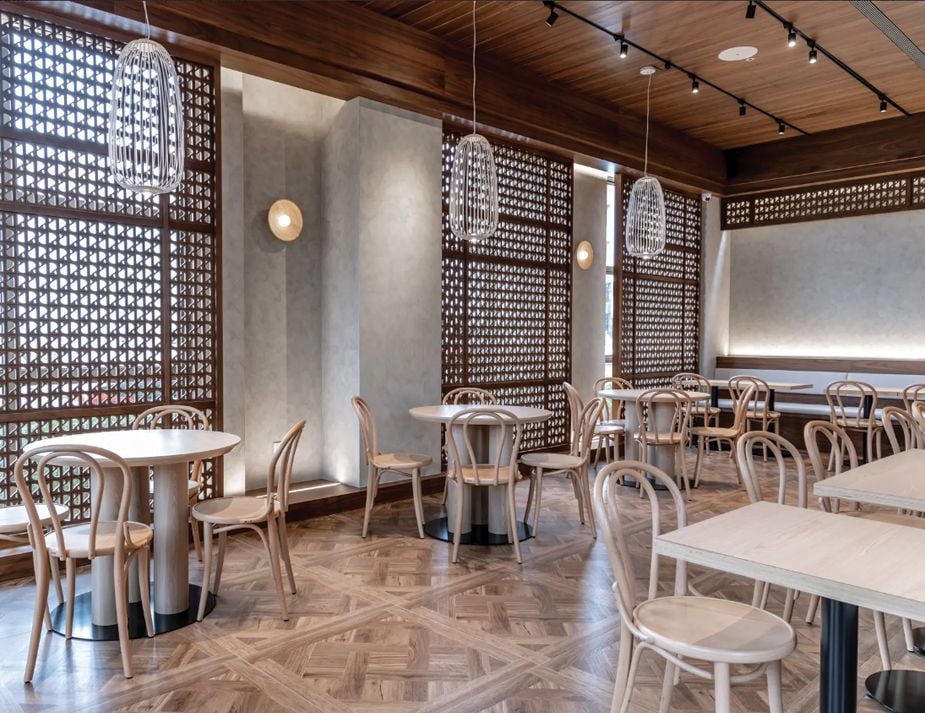
Frequently Asked Questions
Authentic Thonet pieces often carry distinct marks or labels, usually on the underside. Additionally, the quality of craftsmanship, the signature bentwood technique, and historical documentation can help in identification.
Thonet introduced various rocking chair designs throughout his career, with the earliest models emerging in the mid-19th century.
Thonet did establish a factory in Romania, among other locations, to cater to the massive demand for his designs in the late 19th and early 20th centuries.
Yes, the Thonet No. 14 chair, with its iconic design and timeless appeal, continues to be produced even today.
Thonet’s chairs represented a fusion of functionality, aesthetics, and innovative manufacturing. Their affordability and durability made stylish design accessible to a broader audience.
